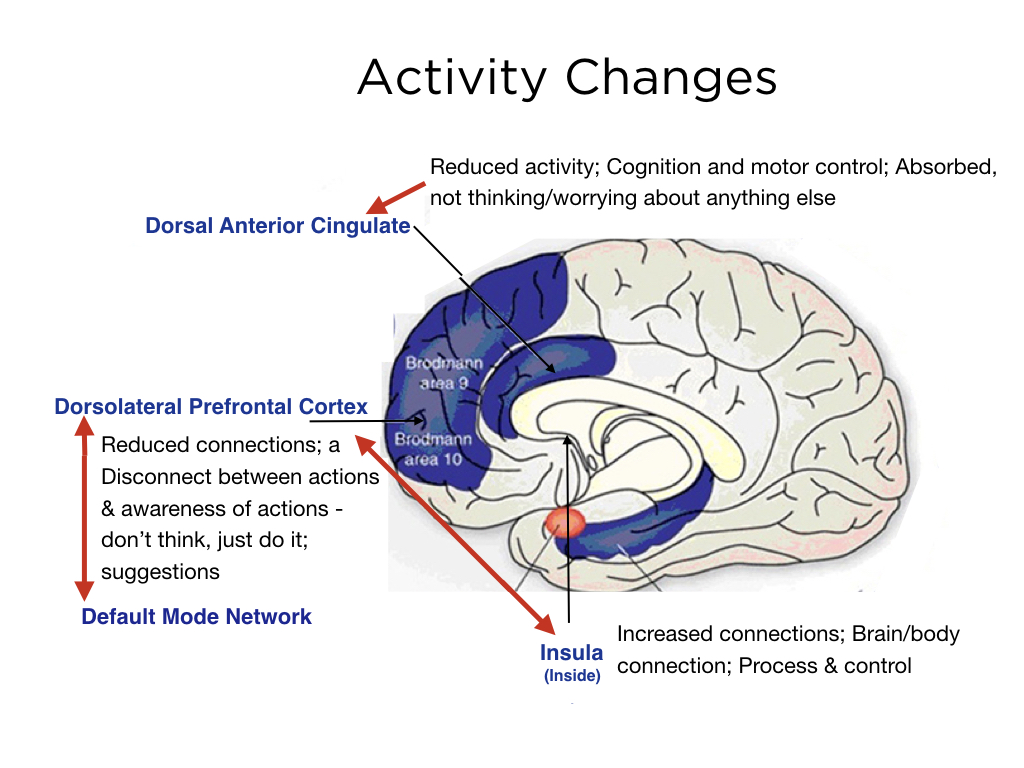On Friday, March 13, 1964, a 28-year-old woman, Kitty Genovese, was heading home from work when she was attacked and stabbed by a man later identified as Winston Moseley. Despite her calling for help many times, no one in the surrounding apartments responded to her call; after being stabbed multiple times, it wasn’t until 20 minutes later that the police were called. Several witnesses reported to have seen Wilson assault and kill, yet it still took 30 minutes for the police to arrive.
While this example is extremely horrifying, it reflects the bystander effect in which people who should help another do not as they believe it is their responsibility. Oftentimes, this happens as a result of the diffusion of responsibility. Because people know that there are other observers, they do not feel as much pressure to act. The responsibility is thought to be shared among all those present; the greater number of people there are present, the less likely they are going to be willing to help. In a series of studies, when participants were placed in a room filled with smoke alone, 75% of them reported it. When they were placed in the same room with just two others, it was only reported 38% of the time. On top of that, if the other people ignored it, it dropped as low as 10%. Despite being in a dire situation, people simply ignored the smoke just because others did and they refused to believe it was their responsibility.
https://www.youtube.com/watch?v=OSsPfbup0ac
(this video reflects the bystander effect under different conditions)
Oftentimes, we feel the need to act in socially acceptable ways. When others fail to act, we take this information as a social cue that nothing is wrong and we can go on as usual. Furthermore, if the situation is ambiguous people are even less likely to act. For example, witnesses of the Kitty Genovese murder claimed they simply believed it was a lover’s quarrel and chose not to get involved. Despite the crying and screaming they convinced themselves that the situation was under control.

(https://medium.com/@tedbauer2003/organizations-have-a-massive-bystander-effect-as-well-cdbe183bed9)
Action over apathy is an extremely difficult choice and is sometimes made only if the person is similar to ourselves, we are feeling guilty, we have just observed someone else being helpful, or we are in a good mood. In order to overcome the bystander effect, it is important to simply be aware of this tendency. By doing so, we are able to understand other bystanders activities. If you are in trouble, it is important to single someone out in the crowd and attempt to individualize your request. We must break our natural tendencies and not just do things to socially conform.
Cherry, Kendra. “What Psychology Says About Why Bystanders Sometimes Fail to Help.” Verywell Mind, Verywell Mind, 15 Aug. 2019, www.verywellmind.com/the-bystander-effect-2795899.

